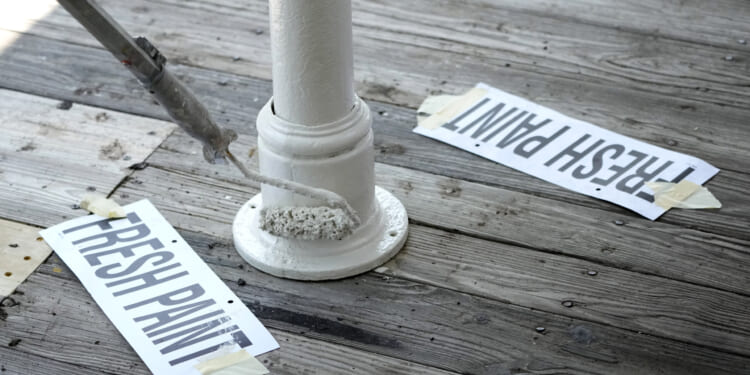The Chicago Transit Authority’s 2026 budget includes scenarios dependent on state funding along with a 25-cent fare hike on bus and rail.
Chicago Transit Authority riders will see fare hikes for the first time in seven years. The CTA’s 2026 budget proposal has $2.23 billion in spending, up $130 million from 2025.
Facing significant shortfalls, CTA’s proposal sees several hikes in fare prices, including:
- 25 cent increase to base fare on bus and rail
- $1 increase in 1-Day passes
- $5 increase in 7-Day passes
- $10 increase in 30-Day passes
- $15 increase in Regional Connect Pass
These increases will mark the first fare hike since 2018, while fares will remain roughly 15% lower in real terms compared to seven years ago since they haven’t kept pace with inflation.
Despite higher spending, the agency expects to face a $112 million deficit even after raising fares.
CTA budget rises while ridership stagnates
CTA’s ridership, while seeing recent increases, still lags far behind pre-pandemic levels. Ridership in 2025 is expected to hit 321 million, just 70% of pre-pandemic level. Ridership is expected to level off in the coming years with a projected decline of nearly 4 million in 2026.
At the same time, spending continues to surge. CTA’s 2026 budget marks a 45% increase in total operating expenses since 2020, far outpacing inflation rates. Most of that growth comes from higher labor costs, particularly health insurance and workers’ compensation.
CTA budget remains structurally imbalanced
The 2026 baseline budget relies on $257 million in reserve funds, the last of the agency’s savings. Once exhausted, deficits are projected to reach $482 million in 2027 and $527 million in 2028.
The baseline budget assumes large increases in public funding, reaching $1.38 billion, $140 million higher than 2025 forecasts. If those funds do not materialize, CTA’s alternative budget plan would reduce expenses by $4 million from 2025 to $2 billion and another $325 million by 2027. This plan sees significant potential service cuts including:
- Elimination of bus routes
- Eliminating late night, early morning and overnight service
- Closing rail stations
- Longer wait times, costing riders an estimated 9.1 million hours in delays.
A third proposal includes service improvements, but would depend on an extra $1.5 billion for the Regional Transit Authority, with a significant proportion going to CTA.
To raise that revenue, Illinois lawmakers have discussed several options, including: a $1 service charge, a 10% tax on rideshares and a $1 surcharge on tolls.
The 2026 budget is just the latest in years of poor fiscal management
Since 2020, the CTA has received over $2 billion in federal financial aid, which allowed it to expand spending even as ridership saw steep declines following the pandemic. Instead of using those temporary funds to right-size operations, the agency built them into its base budget, creating a budget gap now that the aid has run out.
High crime rates and administrative bloat are major issues. CTA maintains nearly 1,000 more budgeted positions than in 2019, including an extra 840 non-operations jobs, despite lower ridership. Meanwhile, the number of violent crimes on the system last year was the second-highest in a decade.
While modest fare adjustments may be reasonable after years of frozen prices, the system’s long-term sustainability depends on reform, not bailouts.
CTA should:
- Conduct a comprehensive audit to staff properly while maintaining service levels.
- Lower crime rates through better enforcement of fare evasion and increased police presence.
- Align costs with actual service levels.
Safe, reliable and efficient transit is essential for Chicago’s long-term economic growth. Without reform, the CTA risks falling to a cycle of higher fares, reduced service and fewer riders, a spiral that hurts the very residents who most depend on it.










